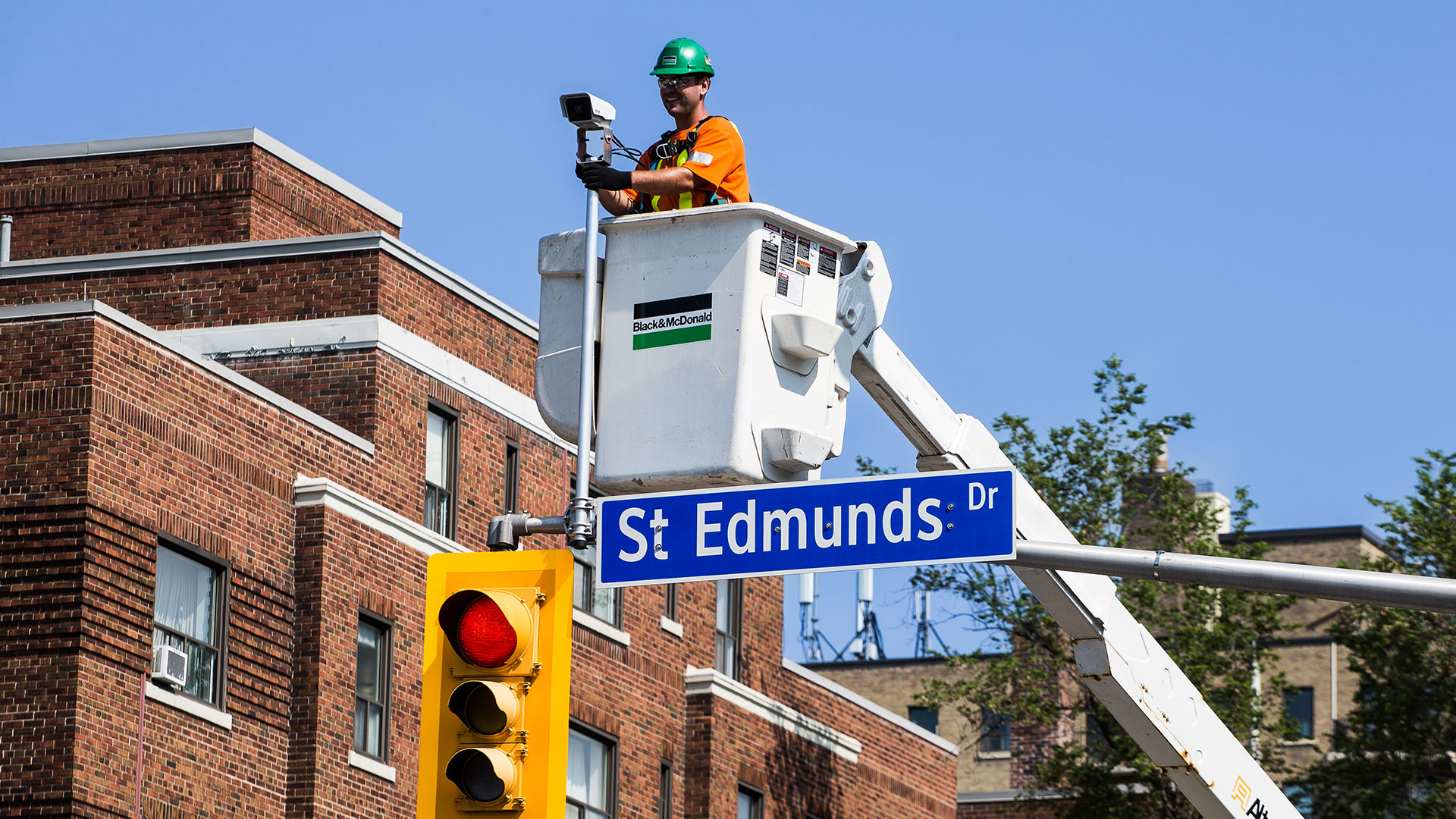The Canadian Automobile Association has found traffic bottlenecks produce more than 11.5 million hours of delay and waste more than 22 million litres of fuel each year. Imagine what we could do if we cut those down.
Forty per cent of all crashes and 1,266 traffic related fatalities occur at intersections. Safety advocate group Parachute pegged the cost of accidents in Canada at $20 billion.
Real-Time Adaptive Signal Control (RTASC) offers a proven solution to cut congestion, blunt exhaust, stop crashes, save money and mitigate climate change.
RTASC uses queue measurement detection and AI algorithms to move traffic efficiently. It makes decisions like a traffic engineer: accepting inputs of traffic demand, determining priority based on occupancy and delay, and anticipating and coordinating traffic. This complex action is instant, constant, and in real time.
RTASC uses technology to make smart traffic signals. Just think of the time, money, resources and pollution we could save!
We have smart, and autonomous, vehicles, we have smart growth, so why don’t we have smart traffic signal systems? We need this technology to stay competitive with the 2,500 other North American cities who have already taken the plunge with them.
We already have this technology ready to go. Let us help you smooth the traffic flows by smartening up your infrastructure.
Read more about it in our white paper on real-time adaptive signal technology.

